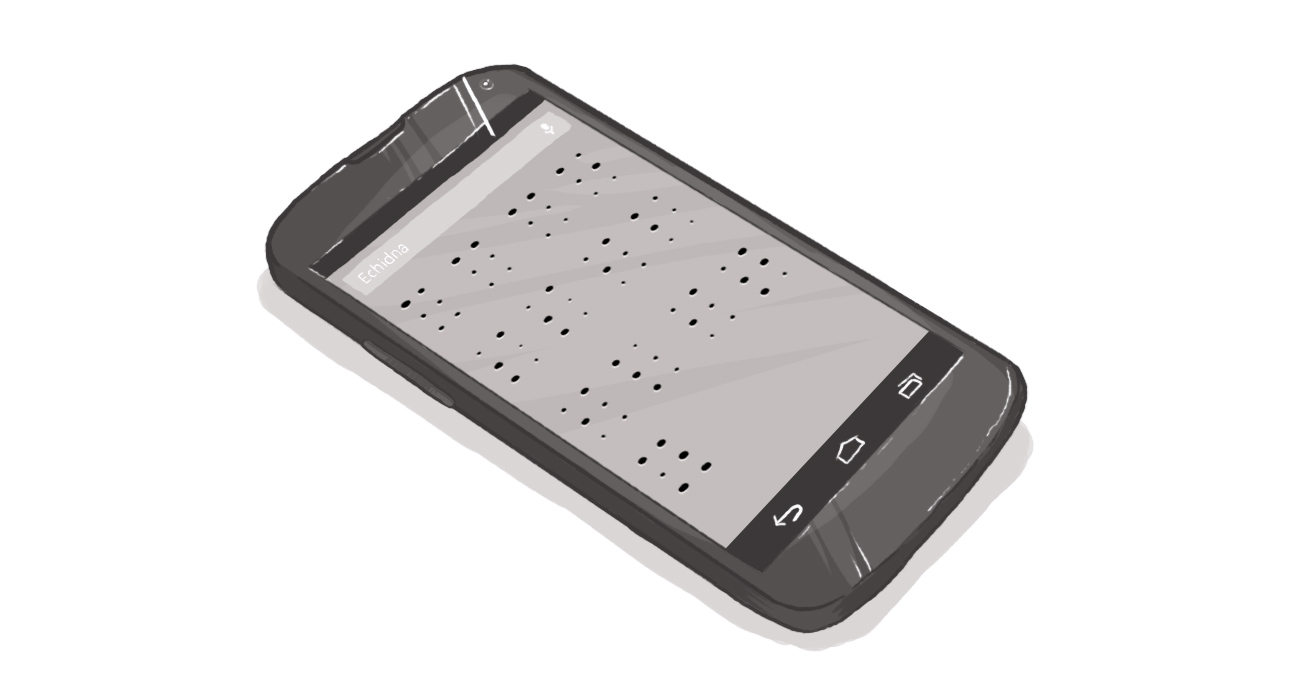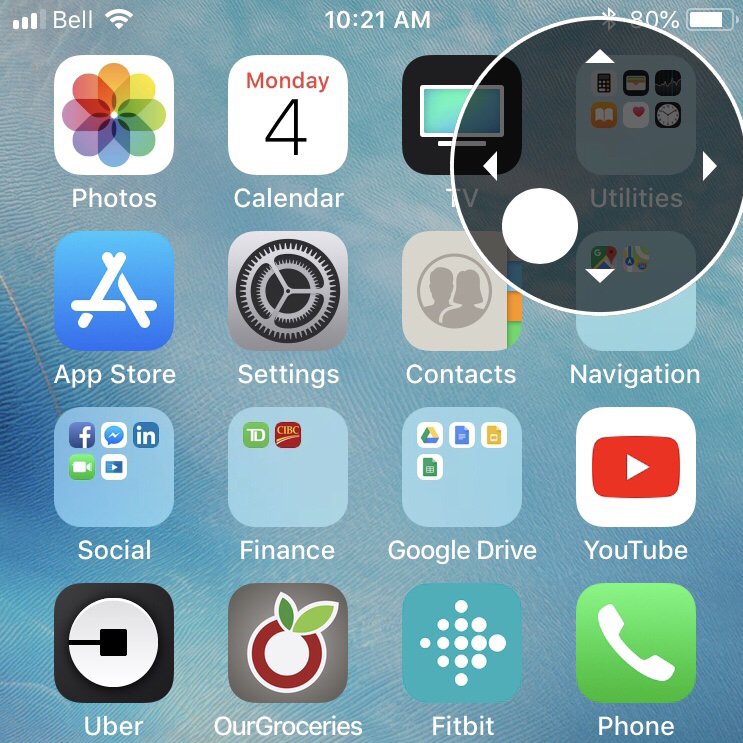A New Appreciation for Accessibility

We don’t do this often, but I am going to get personal with this blog post. For the last four years I have been living with an eye disease called Keratoconus. In short, this condition creates a thinning of the cornea that alters its usual spherical shape. Some of the side effects include: changes in the way light is reflected into the eye, a loss of depth perception, and diminished ability to focus effectively. This is definitely a very short overview and there is a lot of information about Keratoconus available online.
I have been managing this disease through the use of specialty hard contact lenses known as rigid, gas-permeable (RGP) contact lenses. These lenses give me close to 95 per cent vision correction for both daytime and night-time usage.
Why am I Sharing This?
In preparation for my next round of treatment, I was forced to go without my contact lenses for 10 days. Without the contact lenses my vision is about 50 per cent. I can see shapes, colour, and movement, but I can’t see details. This prevents me from reading, driving, and many other tasks.
At Digital Echidna, we have always been strong advocates for accessibility and I had the opportunity to experience why these practices are so important over the last 10 days.
Working Differently
Like everything in life, I approached this as an opportunity to learn something new. In this case, I needed to learn a new way to work.
Computer Settings
I was able to complete my work tasks by adjusting my accessibility settings on my computer. Making fonts bigger and increasing contrast made it much easier for me to perform my daily tasks. However, I still needed to be very close to the screen to read and type emails. Using the computer was adequate, but by day two, the phone quickly became a better option.
Phone Settings
In terms of flexibility and accessibility, my cell phone really became the breakout star of the week. This is not an iPhone commercial, but I currently use an iPhone 8, and the accessibility options were fantastic! I was able to use an adjustable “Zoom” feature that had a screen-based joystick/controller (pictured below) to navigate around the screen when zoomed in.

I was also able to use the “Speak Screen” function (also pictured below) to read out the text on the screen. Both of these features could be activated by simple screen gestures when needed. Add in the ability to use Siri’s voice-to-text feature, and I was able to complete most tasks quite effectively. My cell phone definitely became my default work device for the last 10 days.

Something to Note
In order to get my accessibility settings up and running, I actually needed to have relatively good vision, which seemed a little counterintuitive to me. But once these adjustments were in place, the features worked exceptionally well.
Experiencing the World
Although my vision was impaired, I still tried to complete tasks and venture out into the world often. Some of the things that I found most beneficial were:
- establishments that used high-contrast signage, so I could find the right business;
- buildings that marked the edges of stairs with contrasting colours, so people with depth perception challenges could tell that there was a change in elevation;
- Marking doors with push or pull signs that were large enough for people with low vision to read.
Overall, many establishments were doing a good job, but the companies that didn’t have the correct accessibility guidelines in place became very obvious -- very quickly. I was also very surprised that I didn’t notice these accessibility deficiencies when I had full vision.
Some Surprises Along the Way
Something that I didn’t expect, was how much my children relied on my vision to complete their tasks. For example, “Daddy can you help me with this math question?” or “Daddy, can you please help me build this LEGO® set?”. Unfortunately, finding a web-based equivalent was not easy, or available, in these situations. I found that using the phone camera to zoom in on these documents enabled me to interpret them well enough to complete the tasks. Overall, the entire family learned to be more patient, which is definitely a good thing.
Some other surprises revolved around the ability to use low tech solutions to improve my vision in certain scenarios. A simple 8x10” magnifying sheet proved to be very a good solution to magnify paper-based documents. A piece of cardboard, with a very thin slit, changed the way light entered my eyes and I was able to read lines within emails on a computer screen quite clearly.
Some Takeaways
As a business, you are losing some of your audience by not following accessibility guidelines.
- For example, the “speak screen” feature worked much better on websites that followed proper online accessibility WCAG guidelines. I was able to skip content quickly and arrive at the right spot on the website.
- The principles of proper contrast were very important, as it was much easier to find businesses that had proper contrast on their signage.
- Adding contrasting colours for stairs, or adding a ramp, helps people access your establishment more easily.
Sometimes accessible solutions, do not need to be expensive or high tech to be effective. For example, a simple piece of cardboard and a magnifying sheet were able to improve my vision - but I needed to think creatively to come up with these alternatives. Everyone can do this, but it starts with having a heightened awareness around accessibility.
In Conclusion
Today, I am writing this blog post while wearing my RGP contacts. I can see clearly, but I definitely have a new appreciation for accessibility efforts and adaptive features within existing hardware and software. I also applaud the efforts of the businesses that are going above and beyond to offer seamless experiences for individuals who use adaptive or accessible tools and services.
What accessibility efforts can help people with low-vision?
What accessibility tools are available for digital-based work?
SUBSCRIBE TO OUR E-NEWSLETTER
 Subscribe
Subscribe

